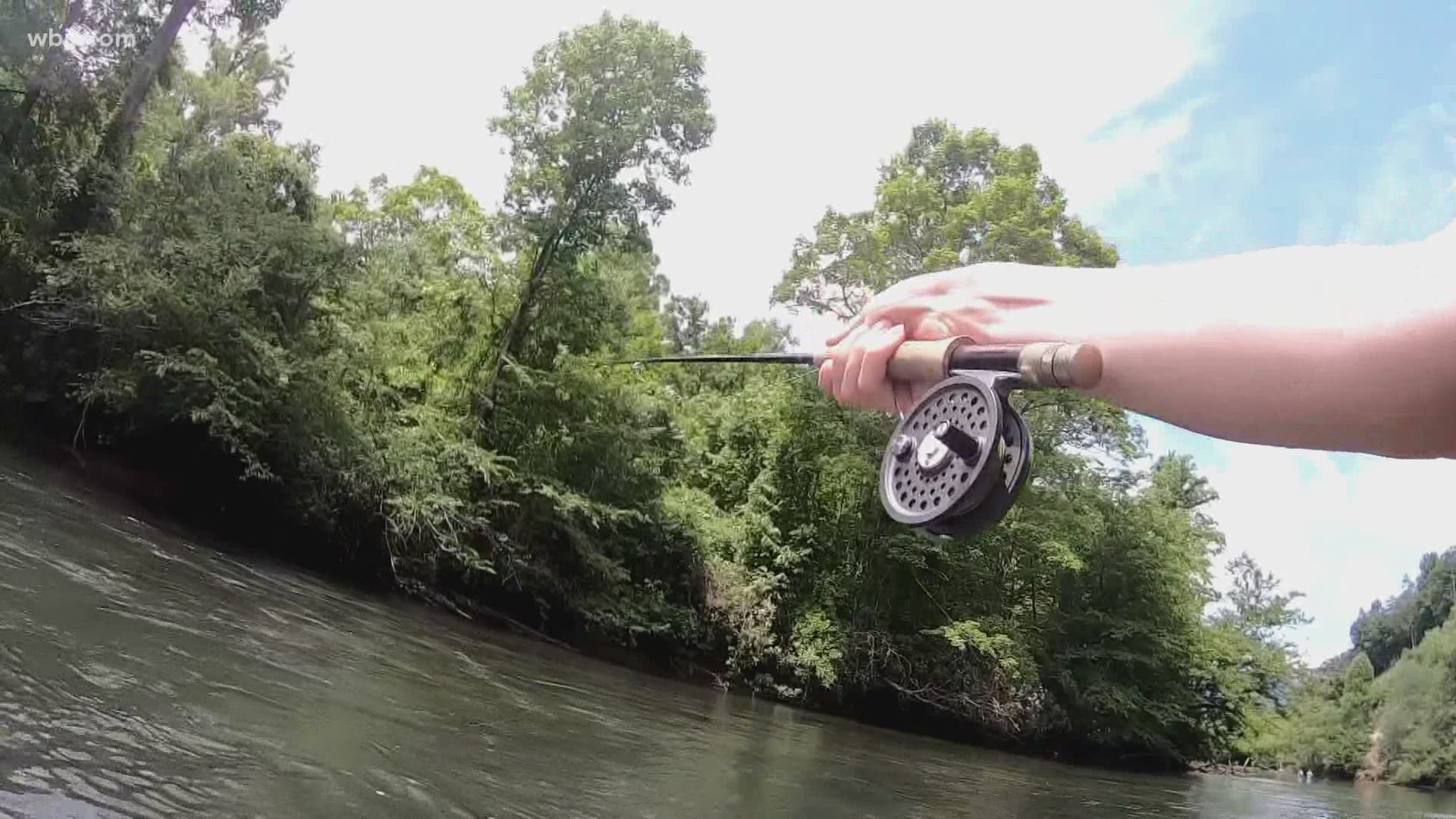TENNESSEE, USA — It's a worm! It's a snake! It's...actually none of those things.
This is a chestnut lamprey, and the Tennessee Wildlife Resources Agency said it is the most primitive fish in the Volunteer State.
There are seven species of lamprey in Tennessee, and three of them are parasitic to fish, according to wildlife officials. The chestnut lamprey is one of those parasitic species.
TWRA said lampreys are found all over the state in rivers, lakes and streams.
"You might see them in small streams while you're out just kicking around, turning rocks over, looking for crawdads," TWRA spokesperson Matt Cameron said. "Most people probably see them when they're attached to a fish."
Lampreys may resemble the American eel, but they do not have jaws and feed with their mouths that look like sucking discs, according to TWRA. The lamprey doesn't usually kill the host fish, but it may die of an infection that can develop in the remaining wound where the lamprey was attached.
Cameron said they do not pose any threat to humans and only attach to fish. He also said they are not an invasive species and are just part of the environment.
"Just put them back in the water and let them keep living their lamprey life," Cameron said.
A recent post from TWRA showed images by a streams crew technician from a sampling trip on Richland Creek. Several fish showed signs of damage related to a lamprey being attached to them.
WARNING: Some of the photos in the following post may not be suitable for all viewers.

